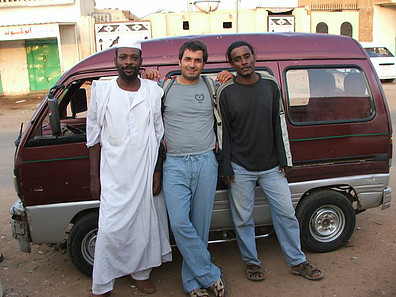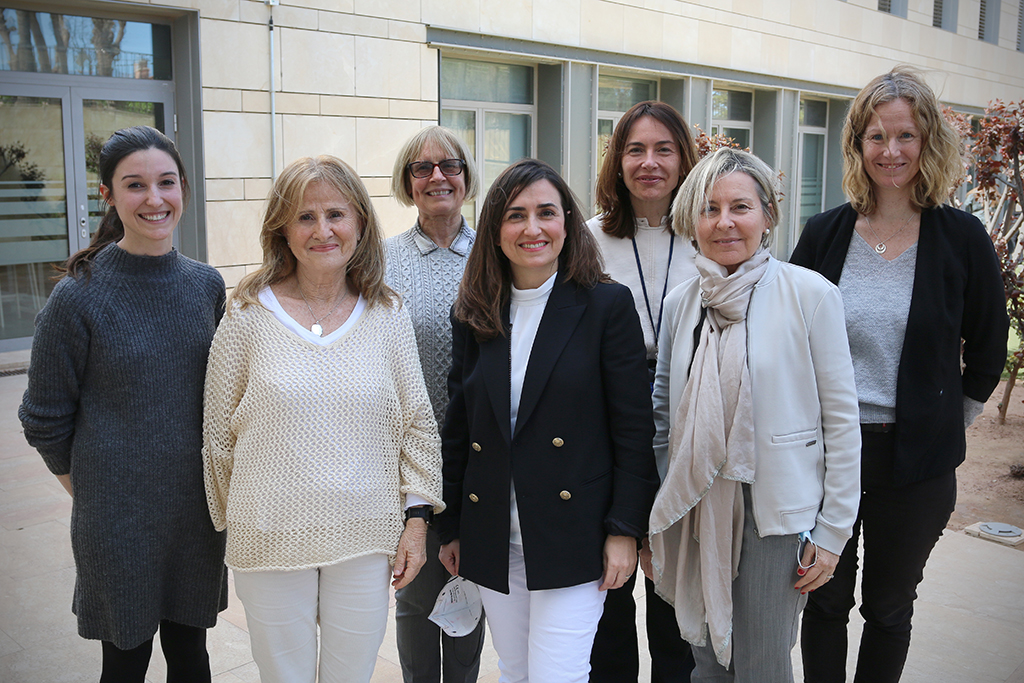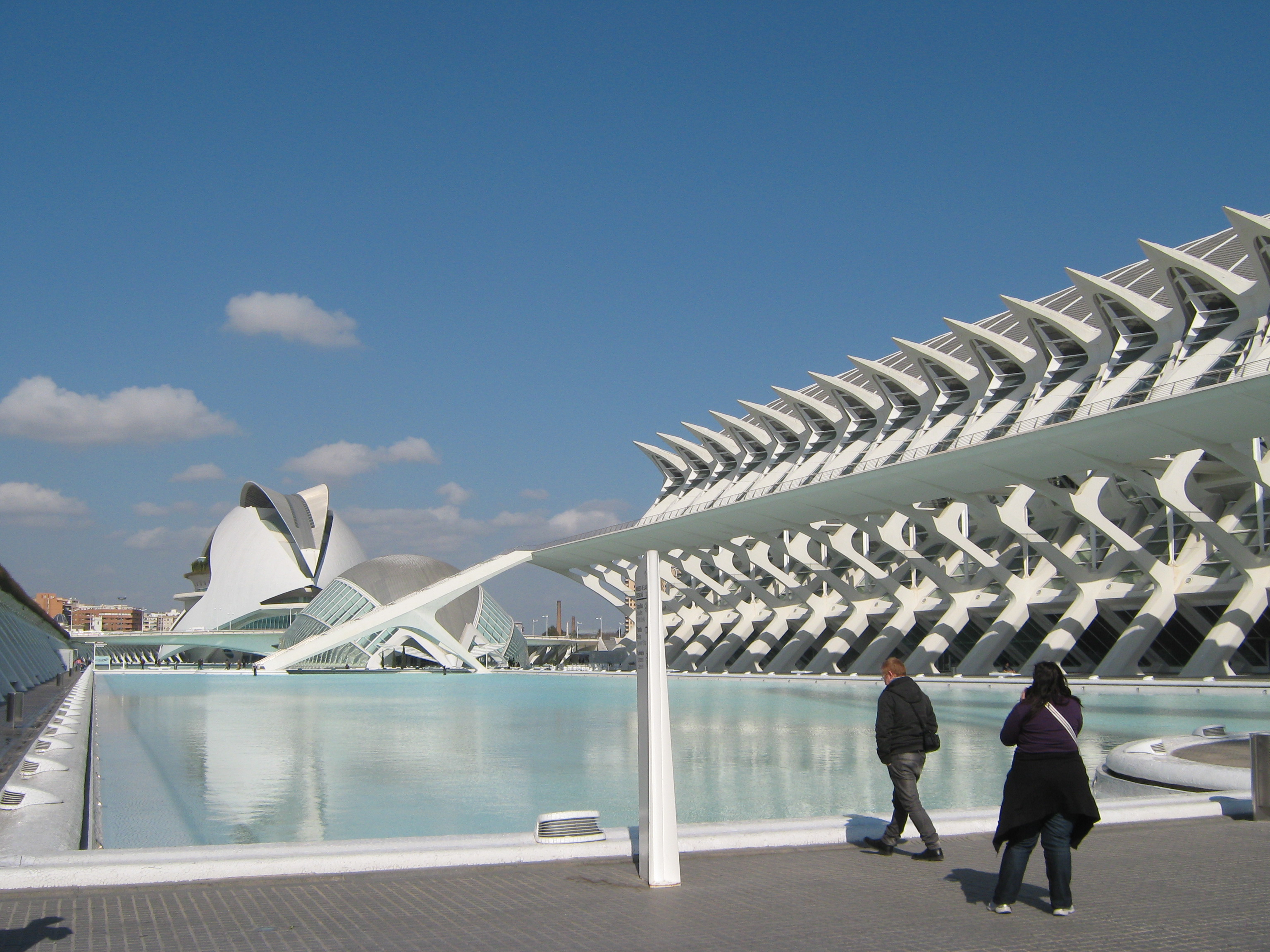Greene Waste, Less Waste
The facility will eliminate up to 80% of the waste generated by a WWTP and will also generate electricity for self-sufficiency.
Greene Waste to Energy from Elche continues the development of the project to develop and install a gas plant to treat sewage sludge in Crete (Greece). Technicians from the companies that make up the Life Biosolids2Energy Programme consortium have given the go-ahead to begin assembly work on the plant, as well as the first operational tests that will be carried out at the company’s facilities located in the Elche business park.
For several months, the different parts that make up the plant have been received and the technicians are currently in the assembly phase. From now on, operational tests will begin. According to the expectations of the project partners, the plant is scheduled to move to the city of Rethymno, Crete, in early 2019. In recent days, technicians and experts from the University of Crete (TUC), the Energy and Environment Technology Centre (Cetenma) of Murcia, the municipal water supply and sewerage company of the city of Rethymno (Crete) and the British company Enginnov Construction have visited Elche to address the last questions before starting the tests.
The objective of this project, financed by the European Union and with a budget of 2 million euros, is to use the sludge from the Cretan city’s sewage treatment plant and convert it into energy, so as to reduce by 80% the unused waste and limit the pollution it generates.
The gas obtained will be transformed into electricity and heat through a cogeneration process and will allow significant energy savings in the treatment plant, since it will produce enough electricity to make the operation and maintenance of this waste water treatment plant self-sufficient, and at the same time will use waste (sludge) that currently has no immediate purpose, beyond landfill. This process is carbon footprint neutral.
In Spain, 1.2 million tonnes are generated per year, and most of it ends up in landfill, because the composition of this material does not make it suitable in all cases to be used as fertilizer for the agricultural sector. At the same time, the European Union itself has established limits on the destination of these wastes to landfills due to the environmental problems generated by their burial, even if controlled.
Once all the scheduled tests have been completed, they will be assembled at the Rethymo (Crete) treatment plant, which will be operational in 2019







Recent Comments